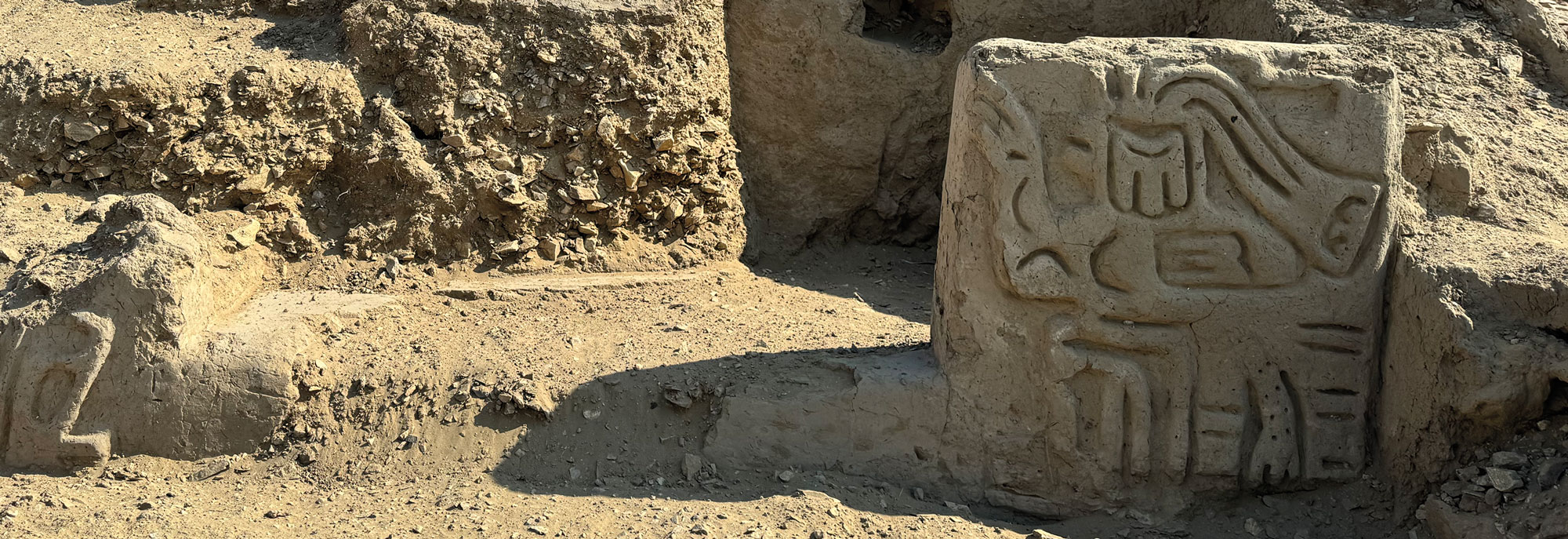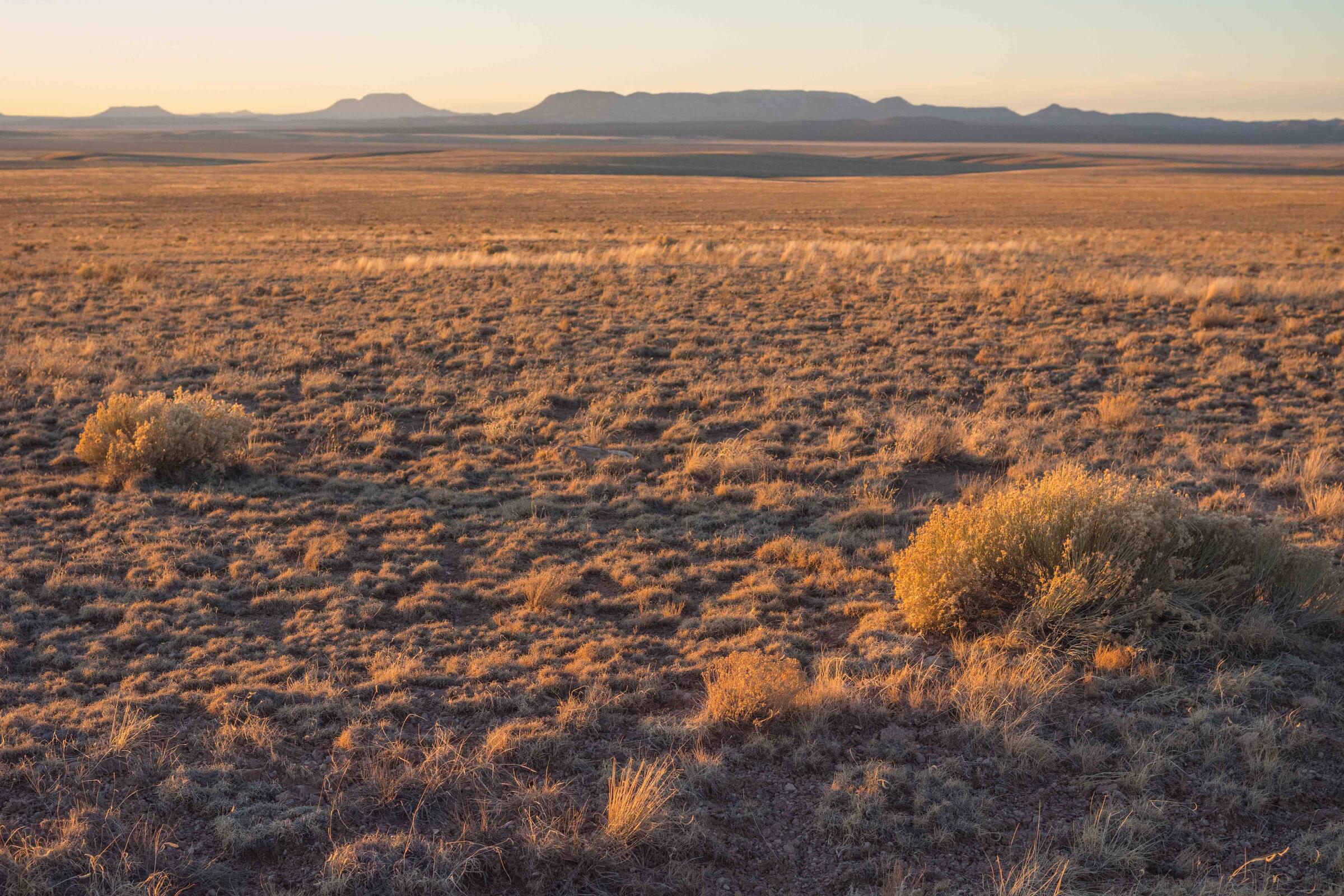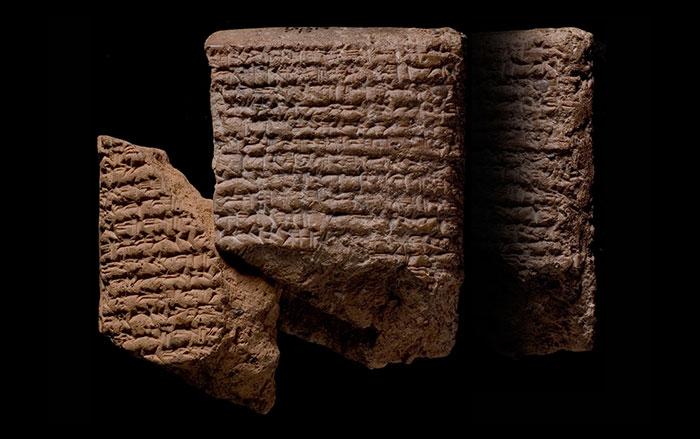
CAMBRIDGE, MASSACHUSETTS—According to a Science Magazine report, a new genetic study of ancient human remains unearthed in the highlands and coastal regions of Peru’s Central Andes Mountains indicates that some 9,000 years ago, groups that lived in the highlands were genetically distinct from those that lived along the Pacific coast, and that by 5,800 years ago, the population that lived in the north was genetically distinct from the population in the south. Population geneticists David Reich and Nathan Nakatsuka of Harvard University, paleogenomicist Lars Fehren-Schmitz of the University of California, Santa Cruz, and their colleagues note that genes flowed between these groups in the Andes, and with populations living outside the Andes, but the exchanged slowed about 2,000 years ago. These regional genetic differences persist today, they added. This genetic continuity suggests that the fall of Andean cultures such as the Moche, Wari, and Nazca was not the result of massive immigration, and that local people did not die out when they were invaded. In contrast, they added, people living in the cosmopolitan urban centers of the Tiwanaku and Inca cultures came from varied genetic backgrounds. To read about burials of large marine animals uncovered under a ritual platform at the site of Pampa la Cruz in Peru, go to "Remembering the Shark Hunters."











